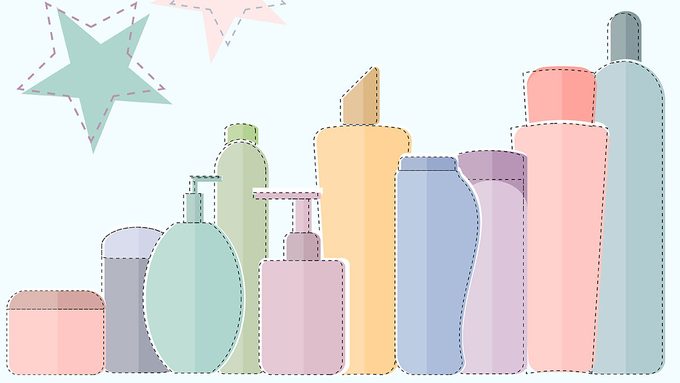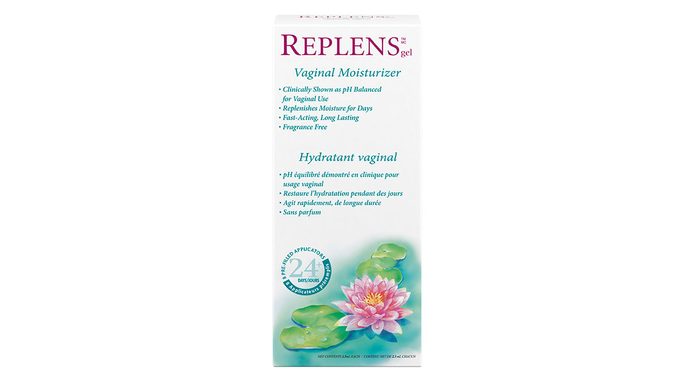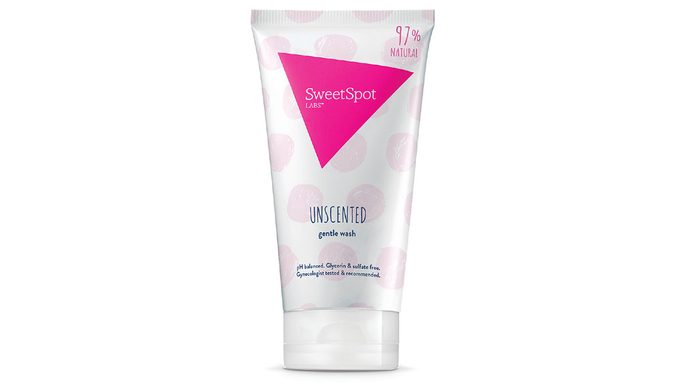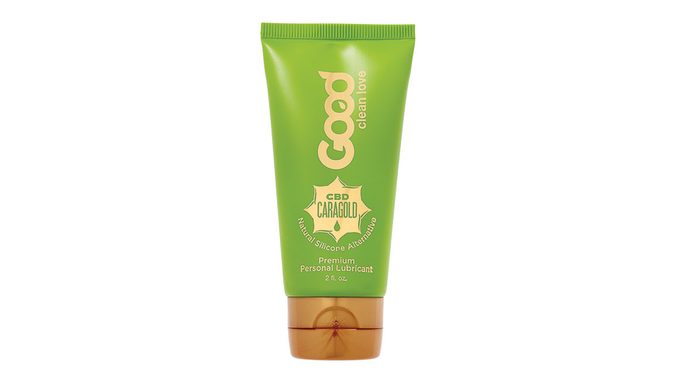What’s Irritating Your Vagina?
Find out if the products you use down there are causing problems, not only with itching but also killing your sex life.

Itching? Burning? Painful sex? These are all common signs of vaginal dryness. But that doesn’t mean you have to suffer.
We spoke with Dr. Marla Shapiro, professor at the department of family and community medicine at the University of Toronto and president of North American Menopause Society. She explained what’s in our lubricants, creams and shower gels could be irritating our lady parts, and how we can fix it.
What’s the issue with your vajayjay?
Vaginal dryness is something that happens when our estrogen levels drop, says Shapiro. Most often it’s with perimenopause, but it can also happen when you’re on hormonal birth control and are nursing (not getting your periods). And like the skin covering our bodies, this drop can mean thinning, wrinkling and drying of skin. Just like the skin on our bodies, the vagina needs to be moisturized the same way, suggests Shapiro.
“With skin, you see the dryness and you see the wrinkling, which drives women to buy moisturizer or go to the dermatologist to take care of their skin,” says Shapiro. “But with vaginal atrophy, you don’t see it.”
How do you know if you have vaginal dryness?
“100 per cent of women will experience vaginal dryness, but various studies suggest that about 40 per cent of women are distressed by it,” says Shapiro, adding that many women feel too self-conscious about it to talk about it, allowing it to affect their confidence in the bedroom.
Symptoms include: Pain during sex, extra discharge, irritation when you urinate or wiping yourself, and burning sensation. But Shapiro says less talked about symptoms, especially by a healthy and fit woman like yourself, can also be pain when cycling or burning when you go swimming.
What can you do about vaginal dryness?
First, talk to your doctor to make sure that there isn’t another medical reason for your down-below discomfort. Then it’s worth taking stock of what you use on your body – from shower gel, lubricants to vaginal moisturizer (!) – that could actually exacerbate the dryness.
“Products that have excipients like glycol or glycerin can actually be irritating to the vaginal vault. It can actually cause candida infections,” says Shaprio, adding that “a product with fragrance can also be very irritating.” It might be time to use more vagina-friendly products.
How to be pH-friendly with your down-below products
A big key to not irritating your vagina is to keep her pH in check. And that means using “pH-neutral” products, says Shapiro
You likely know about pH from the alkaline diet. (Gwyneth Paltrow’s a fan.) It’s about lowering the intake of high-acid foods to stay healthy. It’s the same thing with products that you use on your bits.
“You test the pH in your pool to make sure that you don’t get algae growing there, and it’s the same thing with the vagina,” says Shapiro.
The healthy vagina has a pH between 3.5 and 4.5, and Shapiro says that products with pH numbers that stay within this range are good for us.
“If you use something that is too acidic, it could actually damage the tissue,” says Shapiro. “If you use something that is too basic, especially with menopause and vaginal dryness, that will encourage the loss of the normal bacticili bacteria in the vagina. It will likely increase the discharge and may cause a candida infection.” She adds that with the latter situation, often women will self-medicate with OTC yeast infection medications, which don’t help at all.
Best Health asked around about the pH of different products, and these three were a few vagina-friendly products that would share this information.

This moisturizer has a pH range of 3.5 to 4.5.
Replens Vaginal Moisturizer, $20.99 at various retailers.

This shower gel has a pH between 3.5 to 5.
SweetSpot Labs Unscented Gentle Wash, $11.99 at sweetspotlabs.ca.

This natural lubricant has a pH of 4.
Good Clean Love CBD CaraGold, $27 at drug stores.
To find more vagina-friendly products, Shapiro suggests checking out this list at menopause.org.




